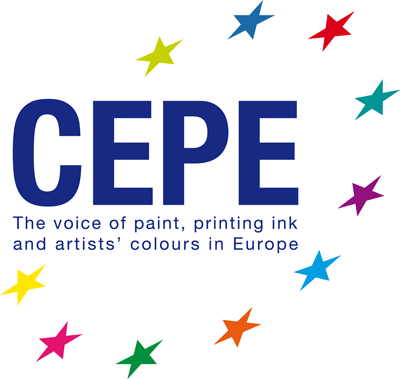More news
- Asian paint regulatory round up – Indonesian exterior paint still uses lead, warns W...
- Nigeria’s paint industry navigates regulatory changes and economic challenges amid p...
- Focus on the global coatings market: Global coatings market outlook
- Ask Joe Powder – October 2024
- Chinese paint majors look to domestic consumer sales as commercial real estate slumps

The European Union published on 18th February 2020 a delegated regulation classifying titanium dioxide (TiO2) as a category 2 suspected carcinogen by inhalation under EU Regulation (EC) No 1272/2008 on classification, labelling and packaging (CLP) of substances and mixtures.
This brings to an end a three-year debate in which industry and several EU member states challenged the classification, arguing that harmonising exposure limits for dust in production areas would have been a better option.
It is the first time that such a dust effect is considered to fall under the EU legislation for CLP.
With this decision under CLP, industry will be legally required to make labelling amendments to every mixture that contains more than 1% TiO2.
For paints and inks in liquid form, this will appear on the label in the form of a warning sentence to warn against spraying and respirable droplets.
Some powder coatings will become classified mixtures, carrying a pictogram and the phrase "suspected of causing cancer by inhalation.”
The reasons behind the EU Commission’s decision are not related to the chemistry of titanium dioxide but by the simple presence of dust particles in excessive quantities in the lungs, causing chronic inflammation of the lung cells in rats.
As this is an absolutely unrealistic scenario in practice (dust exposure levels in the studies are 40 times over legal limits for workers) CEPE considers the use of titanium dioxide in paints, coatings, printing inks and artists colours to be safe for consumers, professional painters and production workers.
The classification of titanium dioxide may set a precedent for many other substances with similar properties, which would burden the hazard communication with over-classification and may result in label fatigue amongst consumers.
The classification will also have an impact on downstream legislation, especially in the area of waste handling, where the impact is currently unclear and could jeopardize national recycling targets.
The EU’s decision shall apply from 9th September 2021.
CEPE calls upon the EU to establish clarity on the waste regulation for products or articles containing more than 1% TiO2 well before the entry into force.
Any confusion about the applicability must be avoided to ensure a level playing field across Europe.
Industry must have sufficient time to achieve compliance.



